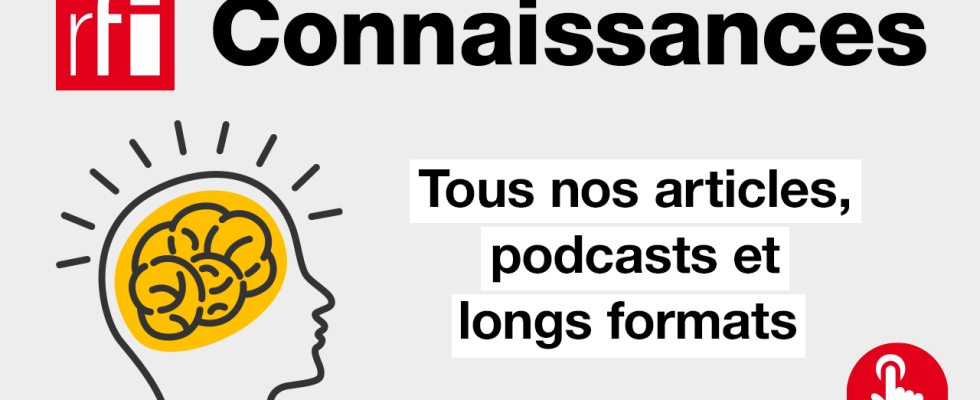“First, we have principles. Then, we have children”, we can say to ourselves when, for family leisure, we decide to cross the entrance to a zoo. The institution, with which we often associate the colonial past and a prison dimension, is hardly liked. If its past is dark, its reality today re-examines our relationship with the living and our responsibility.
5 mins
The term comes from an abbreviation of the English “ zoological garden » and dates back to the middle of the 19th century. Its reality, on the other hand, is a little earlier and brings us to Paris in 1794, with the creation of the Garden of plants. The idea is then to bring together the royal menageries and those of the fairgrounds in a single space intended for the edification of all audiences.
Of course, the idea of collecting living things goes back much further, almost always linked to the expression of monarchical or aristocratic power. Menageries are found among the ancient Egyptians and Babylonians, as well as in the royal courts of England from the 12th century and of France two centuries later.
A story of domination
In the 19th century, however, the modern zoo, whether intended for study or for erudition and entertainment for the masses, responded to a logic of inventory and preservation of nature in the process of being destroyed. The zoo thus becomes a sort of curiosity cabinet, a cruel and melancholic memorial testifying that nature itself is part of human history. It does not matter if only one animal in ten – at most – survives capture, transport and captivity, if many cannot reproduce and if this approach contributes to annihilation.
The English biologist Charles Darwin did he not mention in 1869 “ survival of the fittest » to support his theory of evolution, opening the way in spite of himself to a number of misguided readings? The most radical, which its opponents will call “social Darwinism”, also affects human beings and is therefore present to varying degrees in many minds. It is not only parts of nature that are destined to become extinct, but human cultures, ways of life and perhaps also people themselves.
In 1931, in Paris, during thecolonial exhibitionpeople whose lifestyles considered “wild” – in other words far removed from the standards of Western civilization – are thus exhibited in reconstructions of “their habitat”, similarly doomed to disappear. The horror of a human zoo is therefore no exception. It resurfaced towards Nantes in 1994 with the creation of the “village of Bamboula”, closed after a few months of operation.
An institution in crisis
Today’s zoos cannot ignore this memory and the imagination it conveys. If, as the historian Éric Baratay, author in particular of The animal point of view, another version of the story (Le Seuil, 2012), the history of zoos remains inseparable from that of empires, it is also part of the very ambiguous desire for reparation which followed the awareness of the impoverishment born of their destruction and their consequences on the planet and on humanity.
It is in this context, as shown by Violette Pouillard, who published a History of zoos through animals. Imperialism, control, conservation, (Champ Vallon, 2019), that from 1900, a policy of preserving species developed, particularly in Africa, archetype of the state of nature, in the colonial imagination. Paradoxically, one of the most spectacular reintroductions, that of the European bison, the last wild representative of which was killed in Poland in 1927, is taking place in Europe, where many wild species have practically disappeared, particularly the large predators.
The realities of the Anthropocene (a new geological epoch characterized by the advent of humans as the main force of change on Earth, surpassing geophysical forces), which first accelerated in England towards the end of the 18th century with the beginning of the industrial revolution, are now globalized. The reintroduction ofthreatened species in a natural environment that is itself profoundly transformed is often difficult when it is not illusory.
Read alsoWhat date will the Earth enter the Anthropocene?
A relationship with nature irremediably disrupted
In this context, the conservation strategy of zoos is a desperate gesture to ensure the residual survival of certain species, for lack of anything better or while waiting for acceptable conditions. If the function of the zoo – between preservation, entertainment and education – has not fundamentally changed, it is clear that it is part of a different context and sensitivity. Its opponents denounce captivity, its defenders the difficulty in freeing animals which, in addition to the reasons already mentioned, are no longer able to readjust to what was their natural environment.
Conditions have evolved considerably since the creation of the Tierpark in Hamburg, the first zoo without a fence, in 1907. Some animal parks choose to create very large enclosures, based on the model of the Wild Animal Park in San Diego in 1972. Others, more constrained, only retain species of smaller size. In 1993, the Global Zoo Conservation Strategy. The fact remains that not all parks in the world respect these principles, far from it.
Today, despite everything, samples from the wild are becoming increasingly rare and teams are focusing on the reproduction of animals already in captivity. Exchange mechanisms make it possible to fight against endogamy. From cynic, conservation ex situ has become an essential complement to the preservation of wild life and a field of observation for ethologists, specialists in animal behavior. It acknowledges that human presence has irremediably modified the relationship with nature. This, by adapting to new realities, has now entered into the accelerated rhythm of History.
Our selection on the subject:
To read, To listen :
Our “urban animals” series:
